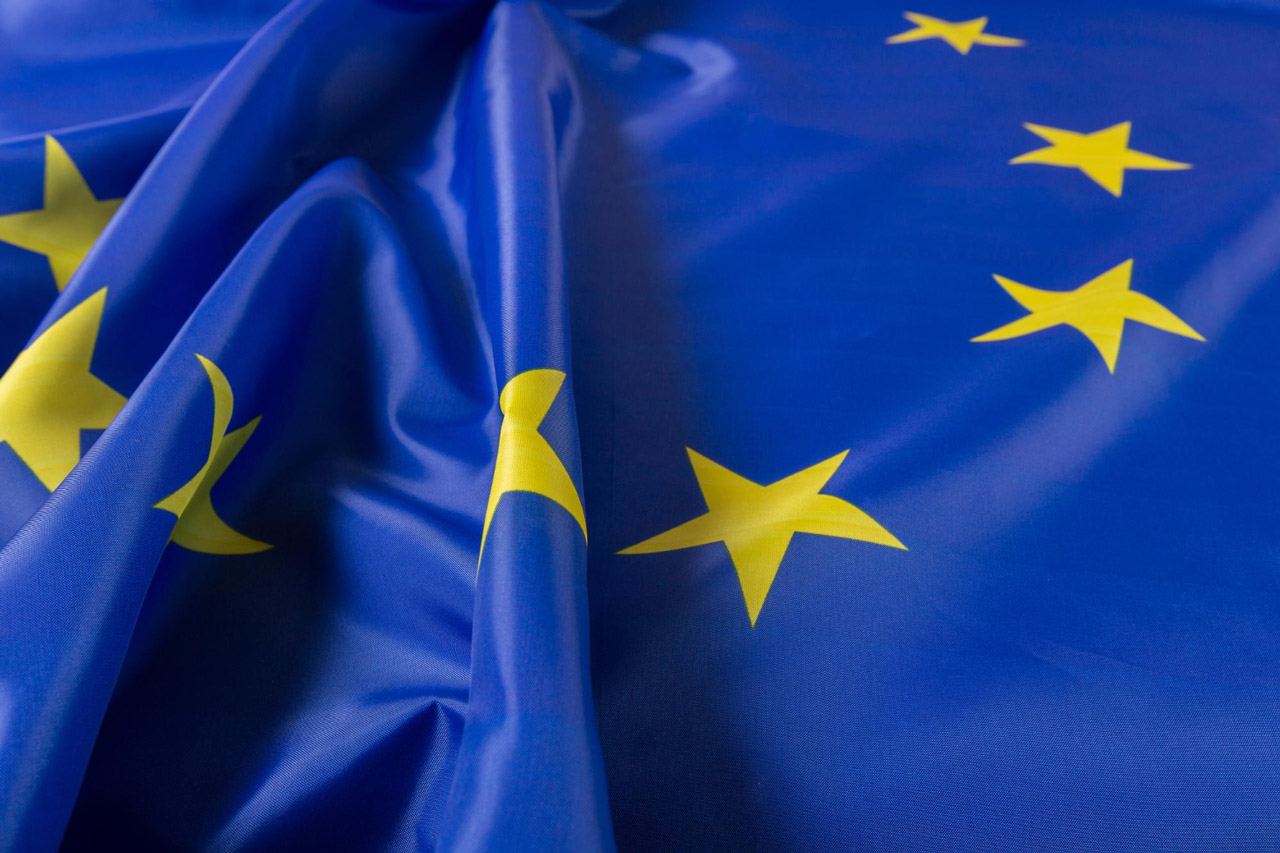On May 1, 2004, ten new states, including Hungary, joined the European Union. In this series of articles, we examine how Hungary’s situation has changed over 20 years of EU membership, using various indicators. This article focuses on the level of trust in the European Union.
Trust in the European Union in Some Neighboring Countries

Source: Based on Eurobarometer data from 2004-2023 and our own calculations.
In Hungary, trust in the European Union improved following EU accession, with nearly two-thirds of respondents expressing trust at that time. However, the 2008 financial crisis shook this confidence, causing the trust index to fall below 50%. This was followed by a brief period of growth until 2010. By 2012, the indicator dropped to an all-time low of 38%, coinciding with the peak of the eurozone crisis (due to the situations in Greece and Italy), a significant deterioration in the situation of active earners in Hungary due to changes in personal income tax (the real value of net wages decreased by 3.5%), and stagnant pensions. The slogan “there is life outside the EU too” resonated with part of the Hungarian population.
The subsequent upward trend was halted by the 2015 refugee crisis, during which the indicator fell by 15 percentage points within six months. However, the negative impact of the refugee crisis on trust proved to be less lasting than that of the financial crisis. In the years following 2015, the trust index slowly returned to pre-crisis levels, coinciding with peak EU fund inflows during these years.
A significant improvement occurred during the coronavirus pandemic, with 60% of the population seeing the benefits of EU membership (e.g., joint procurement of coronavirus vaccines). In contrast, the energy crisis that peaked in the second half of 2022, along with the resumption of anti-EU campaigns, negatively impacted Hungarians’ attitudes towards the EU, causing the trust rate to fall below 50% again.
The question arises: what are the regional trends in trust in the European Union, and what are the specific characteristics of Hungary?
The 2004 EU enlargement led to increased trust in all the countries examined, and the 2008 financial crisis led to its decline (with Slovakia being an exception). The refugee crisis caused a significant loss of trust at the regional level, while the COVID crisis led to improved trust in the EU. The EU’s handling of the energy crisis improved trust in most of the countries examined, demonstrating that the EU, when acting (nearly) united, represents significant strength.
Although in 2004 Austrians trusted the EU much less and Romanians significantly more than Hungarians did, strong convergence can be observed in the data over the past 20 years. Today, approximately half of the population in all four countries trusts the EU. Over time, the significance of country-specific attitudes seems to be decreasing. Despite fluctuations, Hungarian trust in the EU essentially remains at the 2004 level, notwithstanding the government’s anti-EU rhetoric.
Download full analysis






